10 Ways To Fix Your Thinning Hair
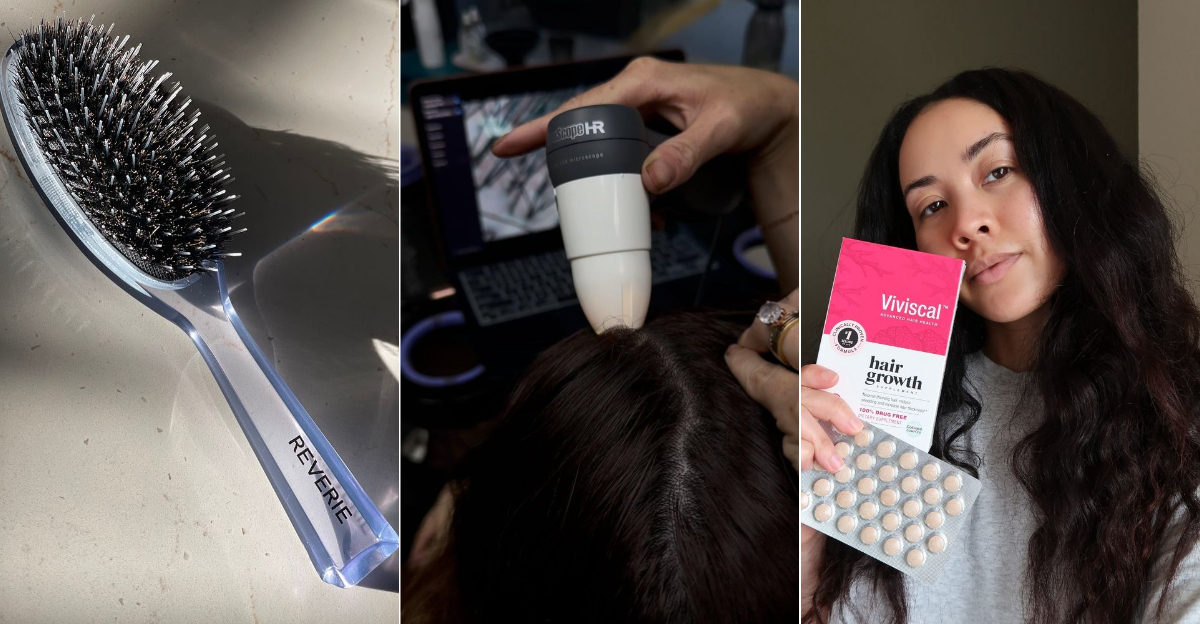
Hair thinning can knock your confidence sideways and make you feel less like yourself.
I’ve been there, watching more strands circle the drain each morning, wondering if a hat would become my permanent accessory.
But I discovered some game-changing solutions that actually work.
From simple at-home tricks to professional treatments, these approaches can help restore volume and strength to your struggling strands.
1. Switch to a Volumizing Shampoo
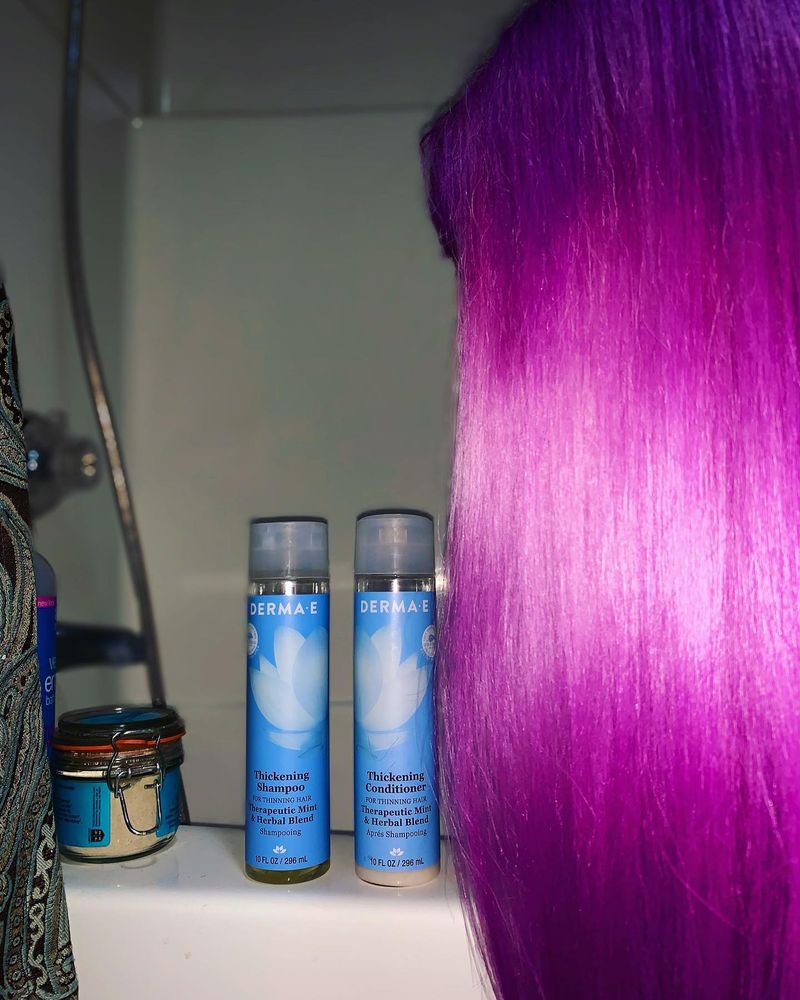
Those fancy bottles promising ‘moisture’ might actually be weighing your hair down. I learned this the hard way after years of using heavy conditioning products. Volumizing formulas contain ingredients that coat each strand, making them appear thicker without the heavy residue.
The key is finding sulfate-free options that won’t strip your scalp’s natural oils. Look for ingredients like panthenol and rice protein on the label – they’re game-changers for adding body. Most people see a difference after just three washes.
Remember to focus application on your roots where volume matters most. Gently massage it in using circular motions to stimulate blood flow to your follicles, which encourages healthier growth patterns over time.
2. Try Scalp Massage Techniques
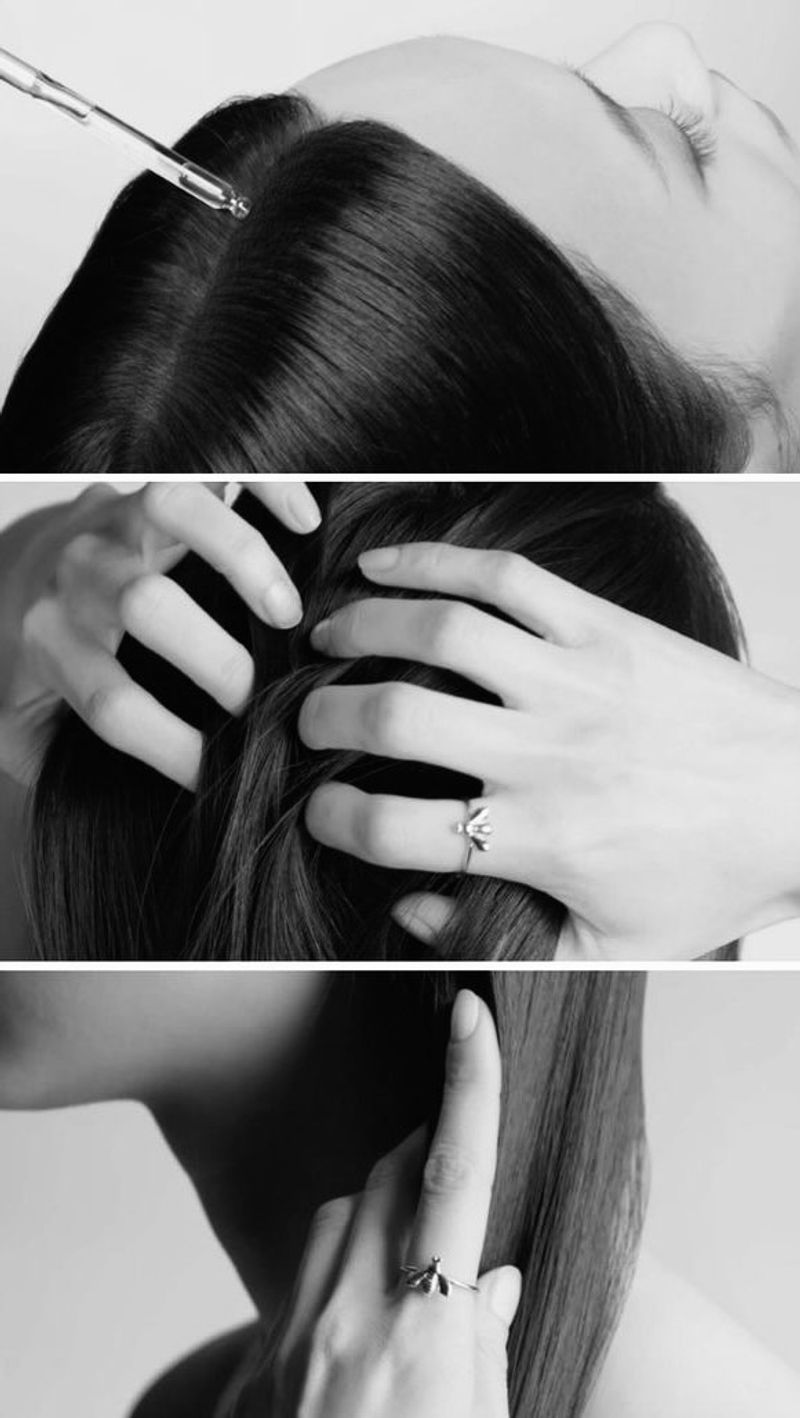
Nothing beats the feeling of fingers working magic on your scalp – but did you know this simple pleasure actually helps fight hair thinning? Regular scalp massages increase blood circulation to your follicles, delivering more nutrients where they’re needed most.
I started doing this for five minutes daily using my fingertips (not nails!) in small, circular motions across my entire head. The tingles you feel? That’s increased blood flow waking up dormant follicles. For an enhanced experience, warm a few drops of rosemary or peppermint oil between your palms first.
Many people report seeing baby hairs sprouting after just a month of consistent massage. It’s also incredibly relaxing – making it the perfect self-care ritual before bed.
3. Add Hair-Supporting Supplements

My medicine cabinet used to be supplement-free until my hairdresser pointed out the connection between what goes in my body and what grows on my head. Certain nutrients directly support hair growth, and many of us simply don’t get enough from diet alone.
Biotin supplements transformed my hair game completely. This B-vitamin strengthens keratin, the protein that makes up hair. Other powerhouse supplements include collagen (improves hair structure), vitamin D (creates new follicles), and iron (carries oxygen to follicles).
Results typically appear after 3-6 months of consistent use. Always check with your doctor before starting any supplement regimen, especially if you’re taking medications or have health conditions that might cause interactions.
4. Ditch Tight Hairstyles
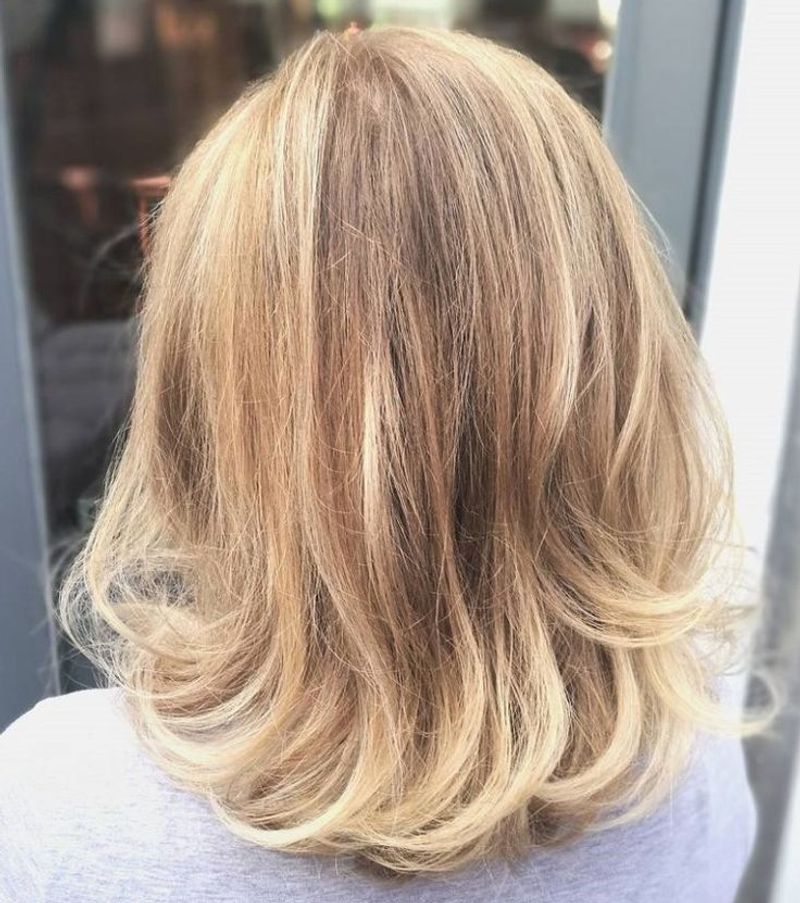
That sleek ponytail might look amazing, but it’s secretly sabotaging your hair health. Tight hairstyles create constant tension on follicles, leading to traction alopecia – a fancy term for hair loss caused by pulling. I noticed significant improvement after swapping my daily tight bun for looser styles.
Metal hair accessories are particularly problematic since they snag and break strands. Switch to fabric scrunchies or coiled hair ties that distribute pressure more evenly. When you do pull your hair back, keep it loose enough that your scalp doesn’t feel strained.
Give your hairline a complete break from any pulling at least two days per week. Your edges will thank you by growing back stronger and thicker within months.
5. Upgrade Your Brushing Routine
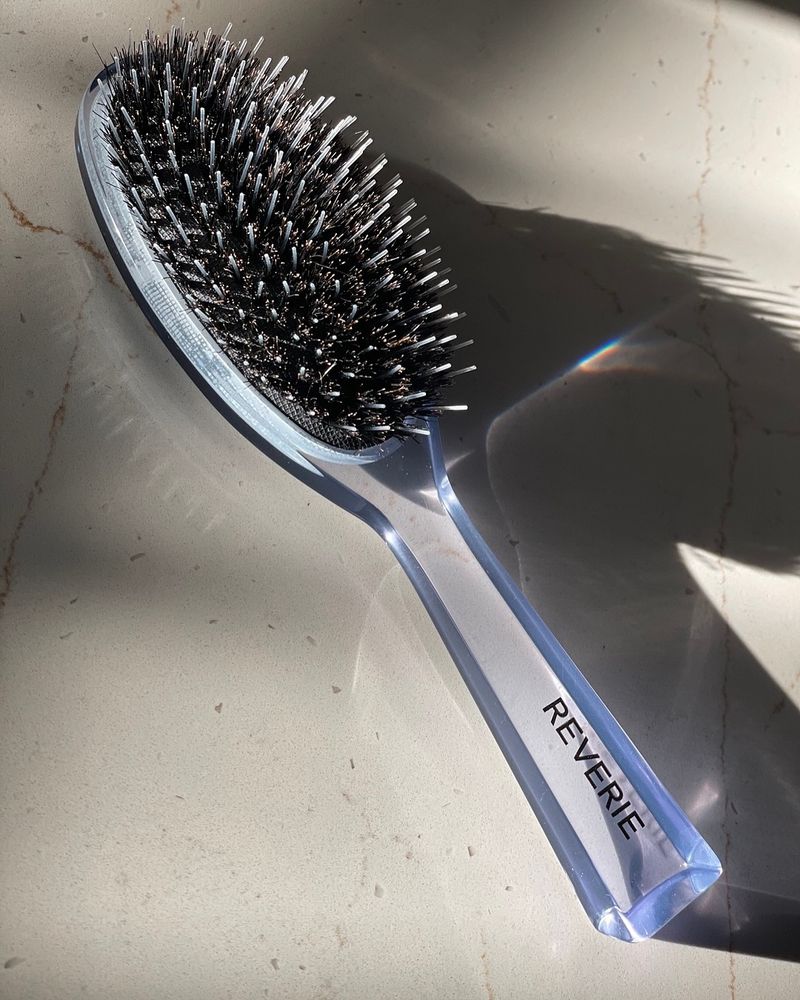
Throwing away my plastic brush was a turning point in my hair journey. Those cheap brushes with plastic bristles create static and snag on tangles, ripping out precious strands with every stroke. A natural boar bristle brush changed everything by distributing scalp oils down the hair shaft, adding natural shine and protection.
Always start brushing from the ends and work your way up to prevent unnecessary breakage. Wet hair is particularly vulnerable, so use a wide-tooth wooden comb after showering instead of brushing. The smooth teeth glide through without creating friction.
Limit brushing to once in the morning and once before bed – excessive brushing stimulates oil production and can stress fragile strands. Your hair isn’t a pet that needs constant grooming!
6. Scale Back Heat Styling
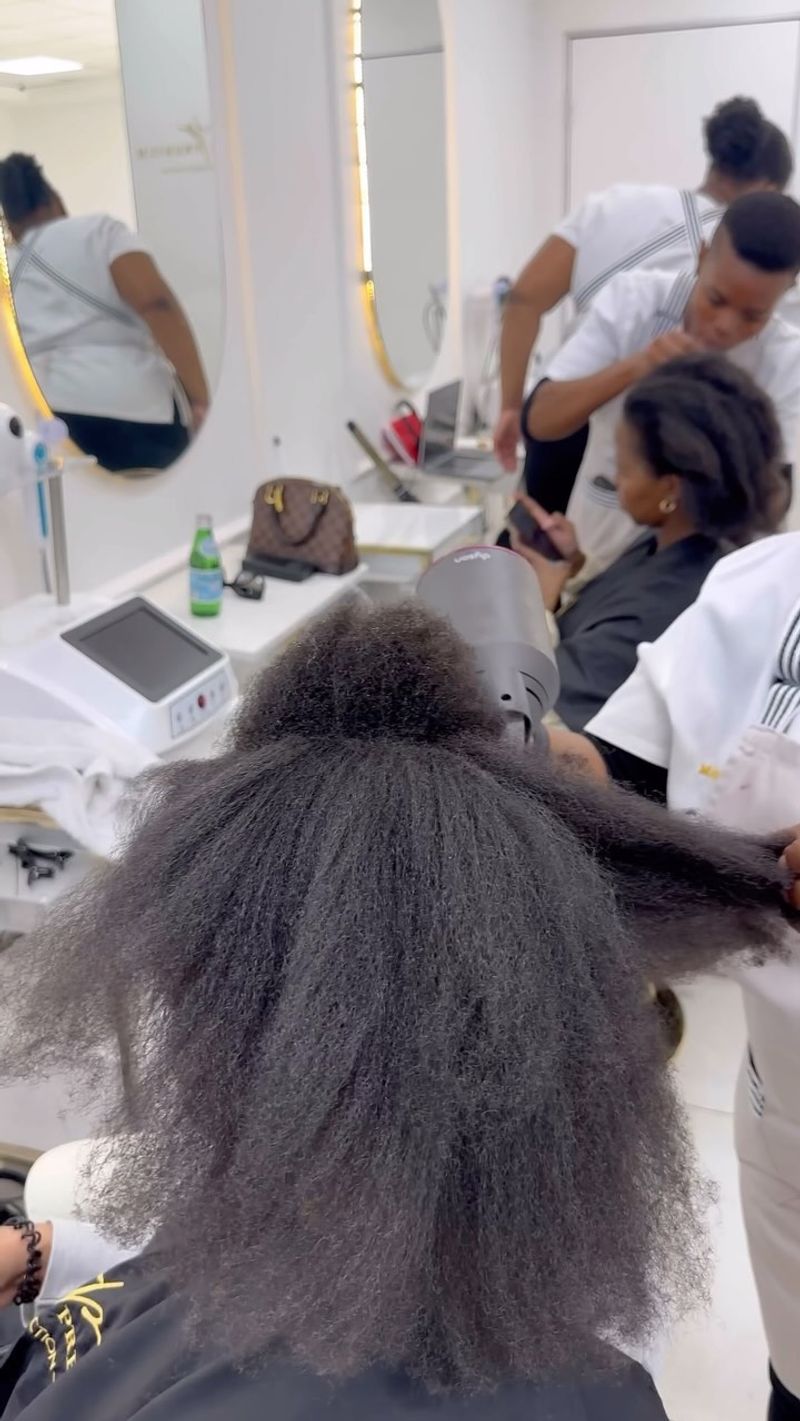
My straightener used to be my best friend until I realized it was secretly plotting against my hair’s thickness. High heat literally boils the moisture inside your hair shaft, creating bubbles that weaken the structure permanently. I’ve cut back to heat styling just once weekly, and my hair feels dramatically stronger.
When you must use heat, applying a protective spray creates a barrier between your strands and the damaging temperatures. Look for products containing silicones like dimethicone, which shield hair effectively without buildup. Always use the lowest effective temperature setting – fine hair rarely needs more than 300°F.
Air-drying techniques like plopping (for curly hair) or strategic part-switching create volume without any heat damage. Your future self will thank you for breaking the daily heat habit.
7. Consider a Strategic Haircut
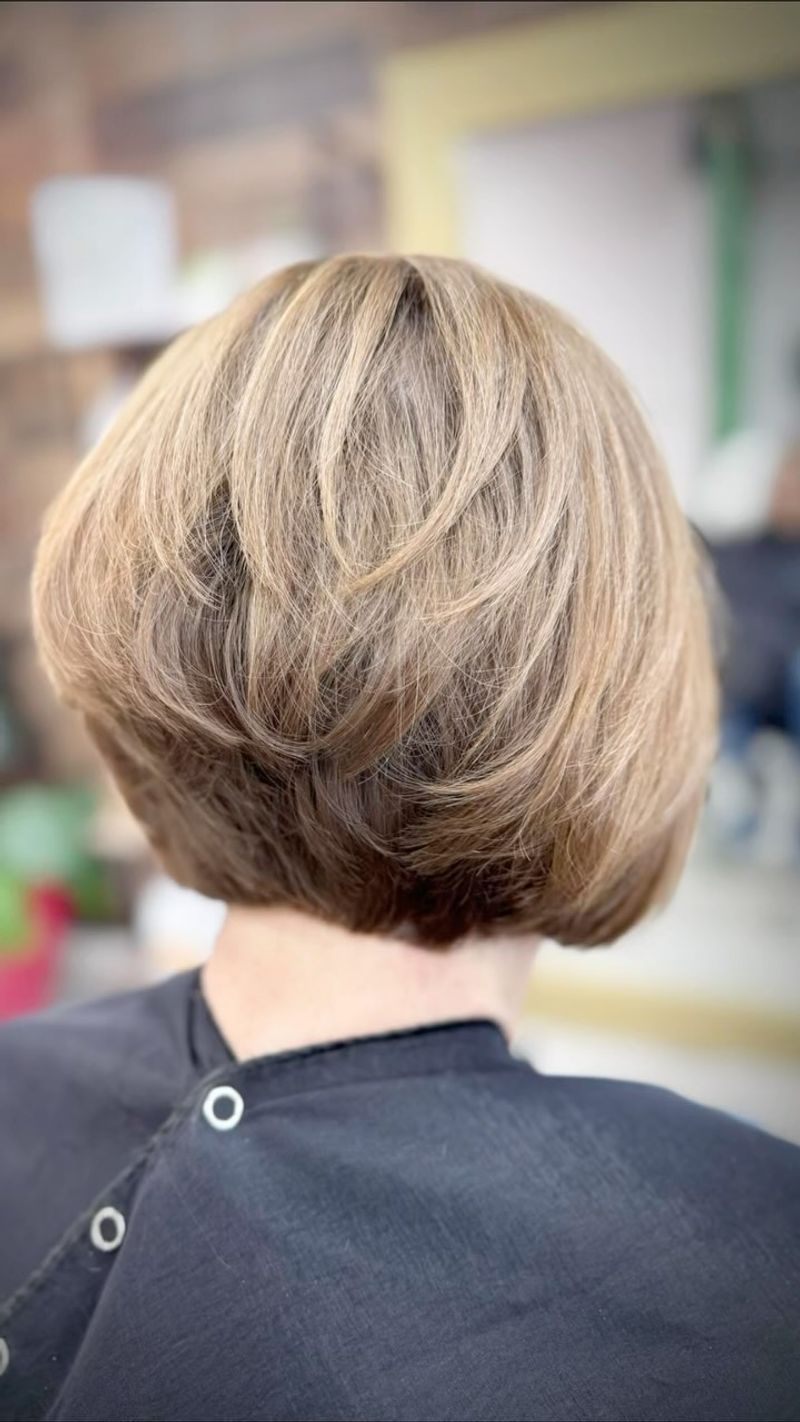
The right haircut can instantly double your hair’s apparent thickness – I learned this firsthand after years of growing my thin hair long. Shorter styles remove weight that drags fine hair down, while strategic layers create the illusion of fullness by adding movement and dimension.
Blunt cuts work wonders for fine hair by creating a solid line that appears thicker at the ends. Ask your stylist about subtle layering just at the crown to create lift where it matters most. Face-framing pieces draw attention away from sparse areas and toward your best features.
Avoid razor cutting techniques which can create wispy ends that emphasize thinness. Instead, request point cutting or texturizing only on the interior layers while maintaining blunt perimeters for maximum thickness appearance.
8. Try Camouflage Products
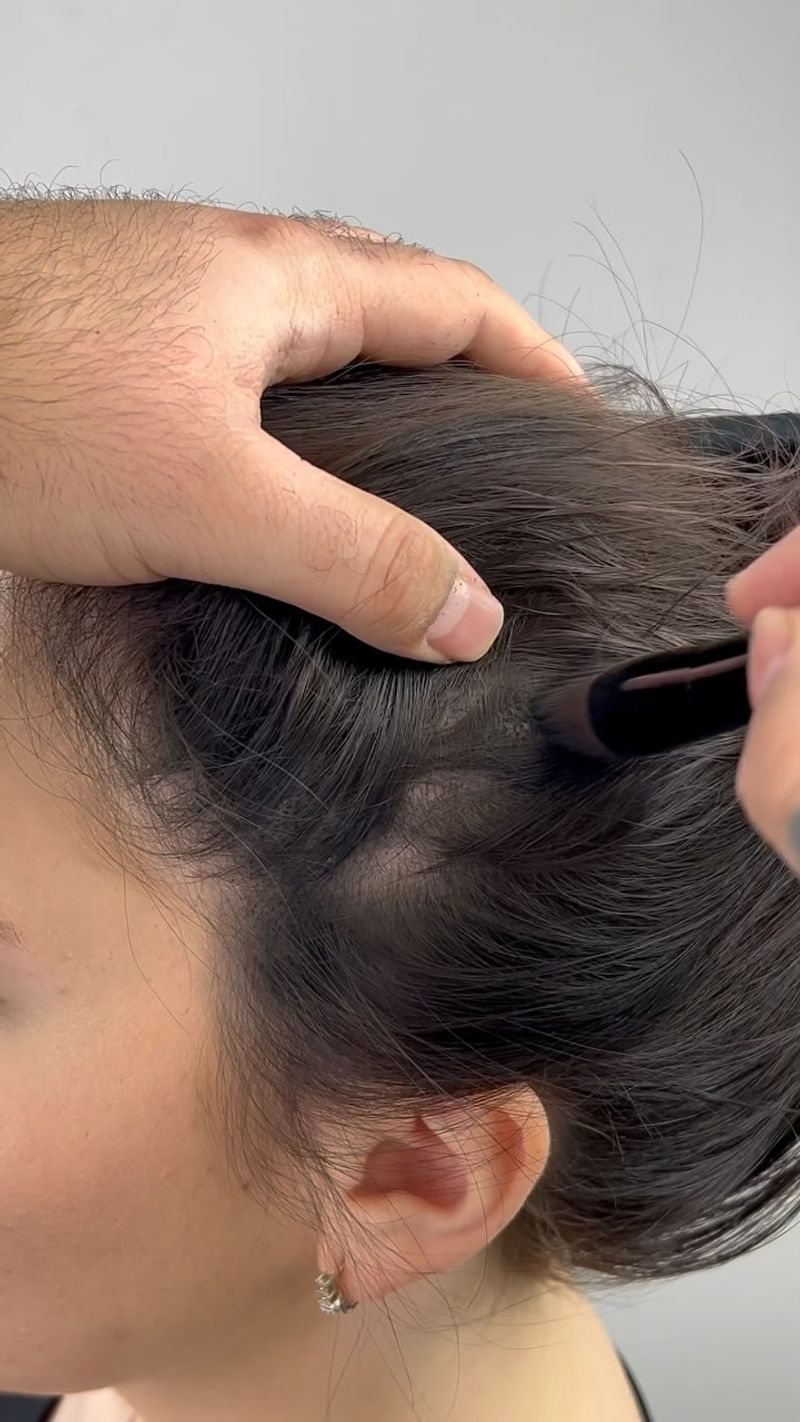
Discovering hair fibers felt like finding a magic wand for my thinning spots. These tiny colored keratin fibers cling to existing hair through static electricity, instantly filling in sparse areas. I tap them onto my problem spots each morning for an immediate confidence boost while waiting for longer-term solutions to work.
Color-matched root powders offer another quick fix, especially for widening parts or receding hairlines. Apply with a small makeup brush for precise coverage that won’t budge all day. For men, beard dye carefully applied to the scalp creates the appearance of denser follicle coverage.
Most camouflage products are water-resistant but not waterproof, so carry a travel-size bottle for touch-ups after heavy sweating or rain. They wash out completely with shampoo, making them perfect temporary solutions without commitment.
9. Explore Topical Treatments
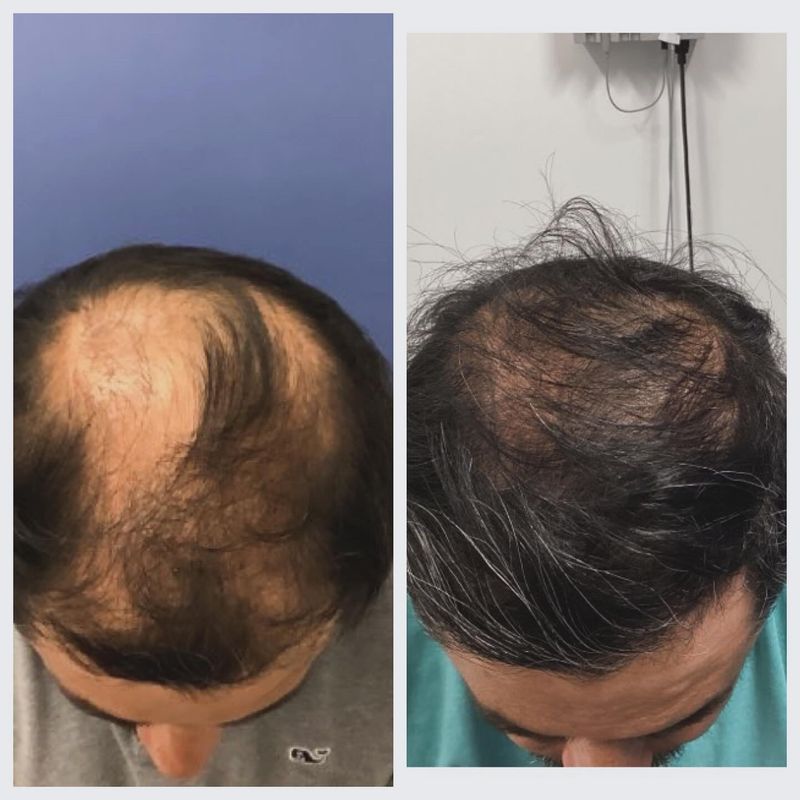
After trying countless products, I found that science-backed topical treatments delivered the most noticeable regrowth. Minoxidil (the active ingredient in Rogaine) remains the gold standard, working by extending your hair’s growth phase and increasing blood flow to follicles. Consistency is crucial – results typically appear after 4-6 months of twice-daily application.
Newer options like topical finasteride-minoxidil combinations target both growth stimulation and DHT blocking (the hormone responsible for pattern hair loss). For a natural alternative, rosemary oil has shown comparable results to minoxidil in scientific studies when applied regularly.
Many people experience an initial “shedding phase” during the first few weeks as new growth pushes out weaker hairs. Don’t panic – this temporary increase in shedding actually signals the treatment is working.
10. Consult a Trichologist
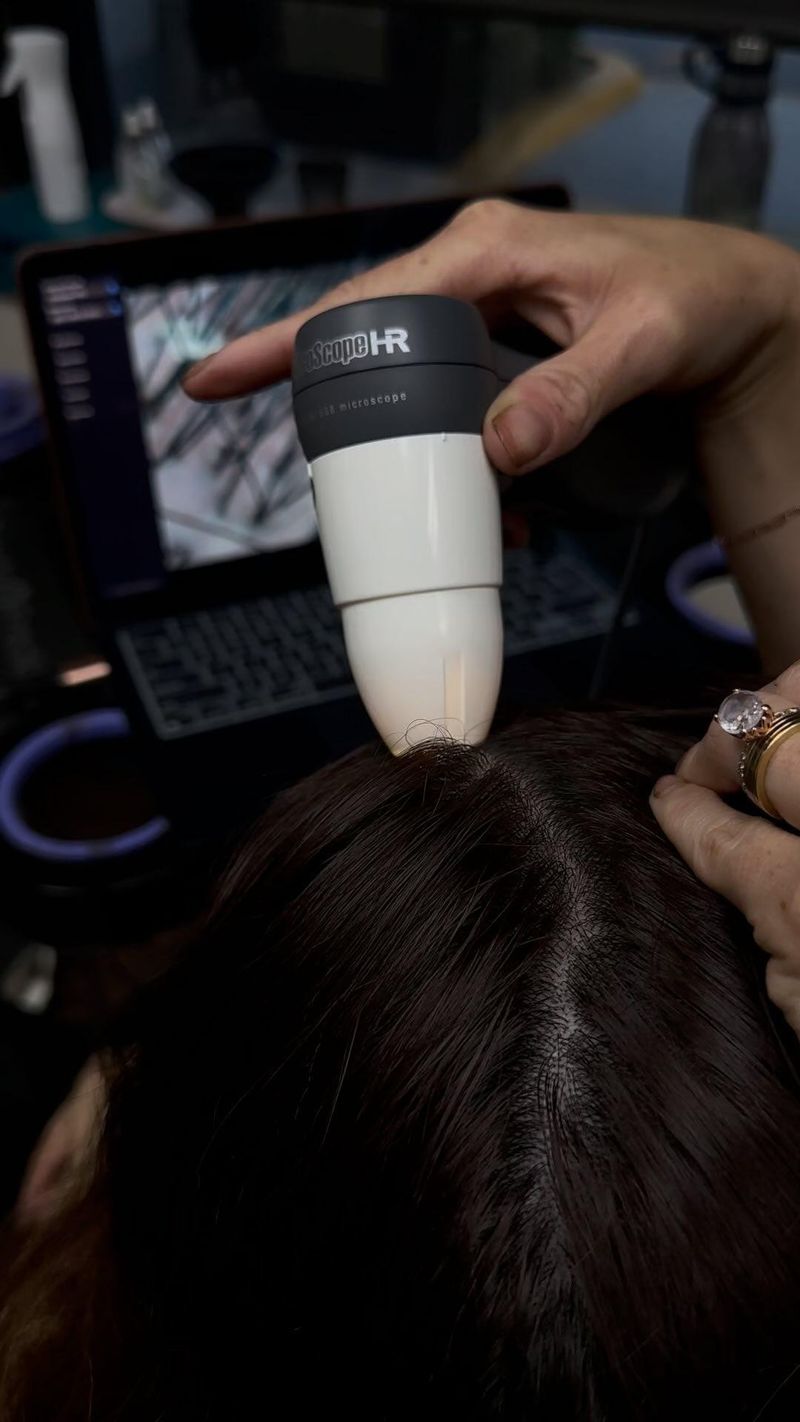
My biggest regret was waiting years before seeing a specialist. Trichologists are hair and scalp experts who can identify the specific cause of your thinning – whether it’s hormonal, nutritional, stress-related, or genetic. Mine discovered I had seborrheic dermatitis causing inflammation that was suffocating my follicles.
These specialists perform detailed scalp analyses using specialized equipment that magnifies your scalp up to 200x. This reveals issues invisible to the naked eye, like miniaturized follicles or bacterial overgrowth. They can also order blood tests to check for deficiencies or hormonal imbalances affecting hair growth.
Most importantly, they create personalized treatment plans combining multiple approaches for your specific condition. Many insurance plans cover trichologist consultations when referred by your primary doctor, making expert help more accessible than you might think.
